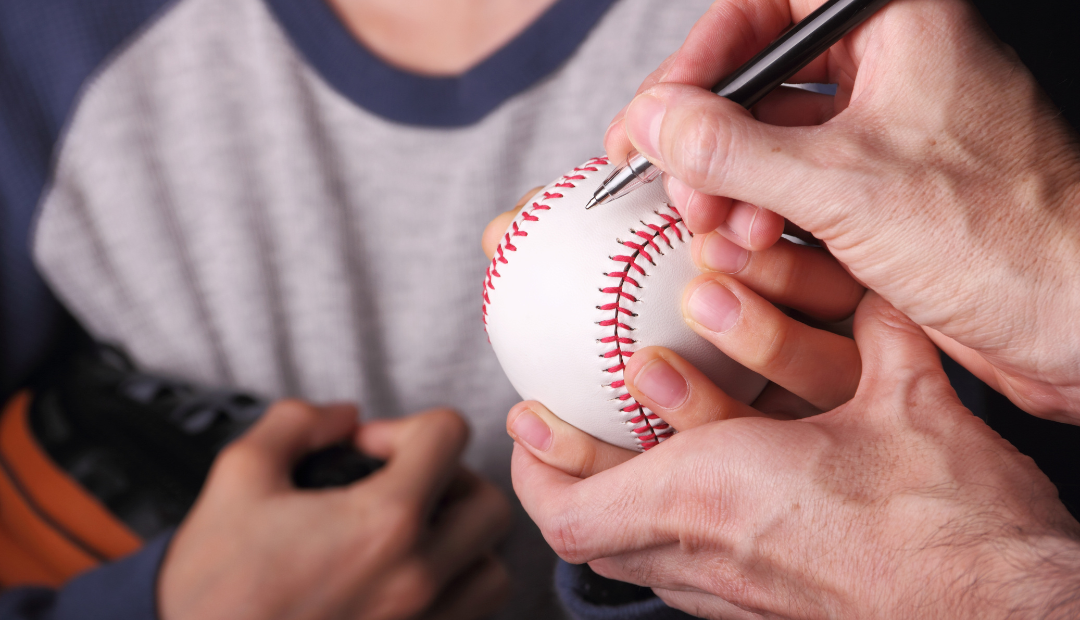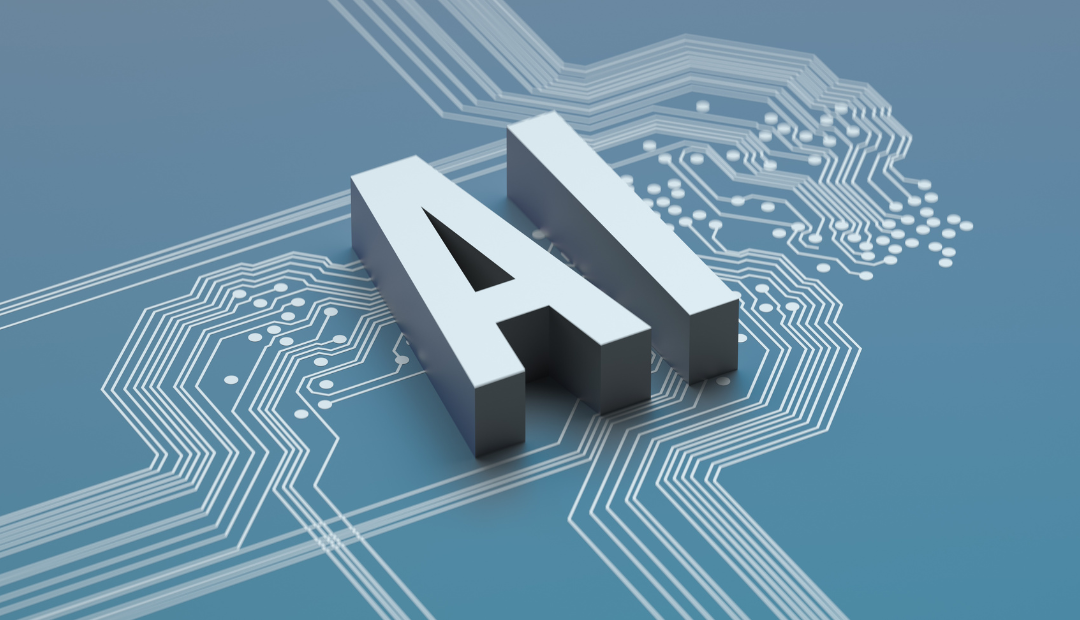Tech
The Future of Autograph Verification
Why Machine Learning and AI Are Outpacing Manual Methods
By Signatrue Published on
Autograph Verification
Autograph verification has long been a manual process carried out by experts at major authentication companies. These experts rely on their trained eyes, experience, and intuition to determine whether a signature is genuine or a forgery. However, this approach is fraught with inconsistencies and lacks transparency. In recent years, the use of Machine Learning (ML) and Artificial Intelligence (AI) has dramatically shifted the landscape, offering a much more accurate and consistent solution to autograph verification.
The Shortcomings of Manual Verification
One of the biggest problems with manual autograph verification is the lack of consistency. Authentication companies often rely on subjective assessments, and the techniques used to validate signatures vary from one company to another. Unfortunately, these techniques are rarely disclosed to the public, leaving room for uncertainty and potential misjudgments.
Human experts typically focus on broad aspects like the overall appearance of a signature, comparing it to known authentic samples. While they may examine various features like stroke count, fluidity, and slant angle, there is no universal or standardized approach to this process. What's more, human error and fatigue can significantly impact accuracy, leading to inconsistent results.
Why Machine Learning and AI Are a Game Changer
With advancements in AI and machine learning, autograph verification has entered a new era. These technologies bring a level of precision and objectivity that far surpasses human capabilities, particularly when it comes to detecting subtle, easily overlooked details.

Autograph
Key Features Analyzed by AI in Autograph Verification
AI in autograph verification analyzes a range of features, including:
- Stroke Count, Fluidity and Stroke Direction
- Pressure Distribution
- Symmetry and Alignment
- Slant Angle
- Euclidean Distance
- Loopiness and Dynamic Features
- Pen Lifts
- and more...
Our current model evaluates over 70 distinct features, while also taking into account heuristic flags such as photo and video evidence. This allows the system to apply the appropriate weight to each factor, resulting in a more accurate and reliable overall score.
The Impact of Surface Type on Autograph Verification
While much of the focus in autograph verification is on the signature itself, surface impact is another important factor that AI can account for. The medium on which an autograph is signed—be it a baseball, football, magazine cover, jersey, boots, stickers, albums, helmets, or trading card—affects the signature’s appearance. These surfaces can create distortions that may confuse a manual verifier but are easily accounted for by AI systems.

Artificial intelligence
Superior Accuracy and Consistency with AI
Machine learning models are continuously improving, with advanced algorithms capable of learning from millions of data points. This means that AI-based systems don’t just rely on static rules; they evolve over time and improve their accuracy as they encounter new examples of authentic and forged signatures.
In contrast, human experts are limited by their own experience and knowledge base, and while they may be skilled, they are still prone to biases and errors. AI, on the other hand, offers unparalleled consistency. Once an AI system has been trained on sufficient data, it can assess each signature with the same level of scrutiny, making it far less likely to overlook key features or make mistakes.
Conclusion: The Future of Autograph Verification
As technology continues to advance, the use of AI in autograph verification is becoming indispensable. While manual verification still has its place, the human element introduces inconsistencies and subjectivity that AI can overcome. By incorporating machine learning and AI, the autograph verification process becomes not only faster and more efficient but also far more accurate and reliable.
For those looking to authenticate autographs with confidence, Signatrue.ai offers a superior alternative—one that takes into account even the most subtle, easily overlooked features of a signature and the impact of various surfaces on the final result. As the technology evolves, so too will its ability to provide indisputable evidence of authenticity, making forgeries increasingly difficult to get past these advanced systems.